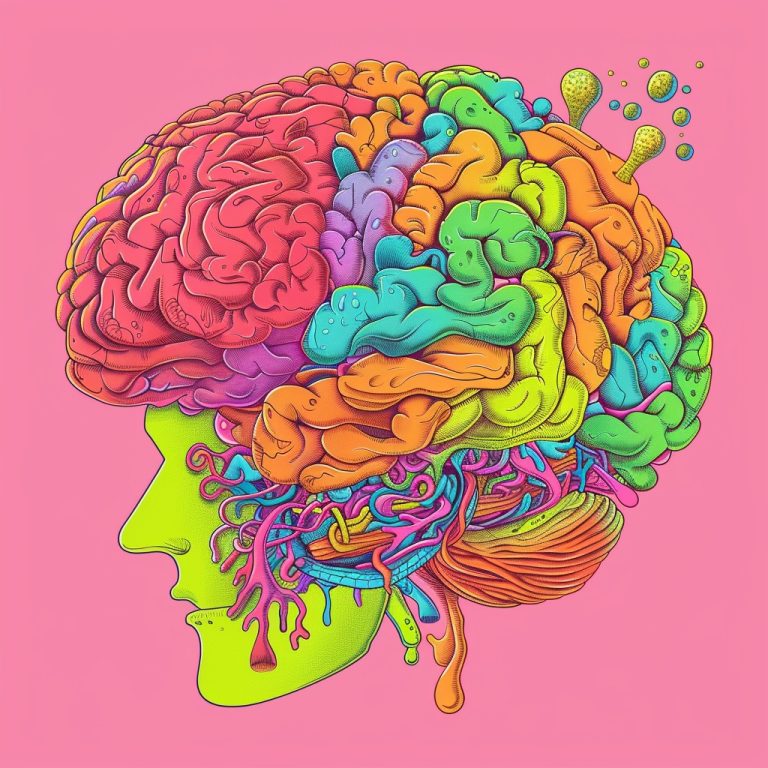
I. Introduction to Preschool Memory Training Programs with The Umonics Method
A. Brief overview of the importance of memory training in early childhood development with The Umonics Method.Memory training in preschoolers is essential as it aids in the development of cognitive functions such as attention, concentration, and problem-solving. Strong memory skills enable children to retain and retrieve information, which is fundamental for academic achievement and everyday tasks. The Umonics Method specializes in teaching long-term memory strategies and effective recall techniques, ensuring holistic memory development in children between 3 and 6 years of age.
B. Introduction to the key components that make a memory training program effective, including The Umonics Method.
An effective memory training program, such as The Umonics Method, encompasses various elements tailored to the developmental needs of preschoolers. These components address the diverse learning styles and abilities present in this age group, fostering holistic cognitive development.
II. Understanding Developmental Milestones and Individual Needs in Memory Training with The Umonics Method
A. Tailoring Memory Training to Developmental StagesUnderstanding developmental milestones facilitates the customization of memory training programs to suit preschoolers’ evolving cognitive abilities. The Umonics Method aligns activities with age-appropriate milestones, enhancing learning outcomes through tailored approaches.
B. Maximizing Learning Potential Through Individualized Approaches
Preschoolers exhibit diverse learning styles and abilities, necessitating personalized memory training methods. The Umonics Method’s emphasis on hands-on Group Classes and strategies employed by World Memory Champions ensures inclusivity and optimizes learning potential through individualized approaches.
III. Engaging and Interactive Activities for Memory Enhancement with The Umonics Method
A. Fostering Active Participation Through EngagementEngagement serves as a cornerstone of effective memory training for preschoolers, facilitating active participation and information retention—a principle at the heart of The Umonics Method. Exploring the significance of integrating engaging and interactive activities, such as those exemplified in The Umonics Method, enhances memory training outcomes.
B. Reinforcing Memory Skills Through Play-Based Learning
Engaging and interactive activities not only capture preschoolers’ attention but also make the learning process enjoyable and memorable. By stimulating curiosity and creativity, these activities effectively enhance memory retention. The Umonics Method incorporates such activities into its curriculum to reinforce memory skills effectively, fostering a dynamic learning environment.
IV. Structured and Consistent Training Regimen with The Umonics Method
A. Establishing Consistency and Structure in Memory TrainingConsistency and structure, as emphasized by The Umonics Method, play pivotal roles in reinforcing memory skills and fostering long-term retention. Highlighting the importance of a structured training regimen for optimal results, The Umonics Method provides a framework that promotes effective memory development.
B. The Role of Consistency in Memory Reinforcement
A structured training regimen, such as that offered by The Umonics Method, introduces preschoolers to a predictable routine, facilitating learning and memory consolidation. Through consistent exposure to memory training activities, children develop a robust foundation for cognitive growth, setting the stage for enhanced memory retention.
V. Integration of Multisensory Approaches with The Umonics Method
A. Enhancing Memory Training Through Multisensory ApproachesMultisensory approaches, such as those embraced by The Umonics Method, enrich memory training by engaging multiple senses, leading to superior learning outcomes. Delving into the advantages of multisensory learning experiences in memory training, The Umonics Method underscores the significance of holistic sensory engagement.
B. Strategies for Multisensory Integration in Memory Training
Effective memory training involves integrating visual, auditory, and tactile stimuli into activities, drawing inspiration from The Umonics Method’s approach. Strategies such as utilizing vibrant visuals, incorporating music or rhythmic elements, and employing hands-on manipulatives exemplify the effectiveness of multisensory engagement in memory training. By diversifying sensory stimuli, educators enrich learning environments, promoting robust memory development among preschoolers.